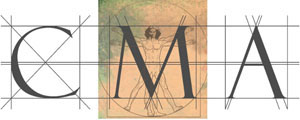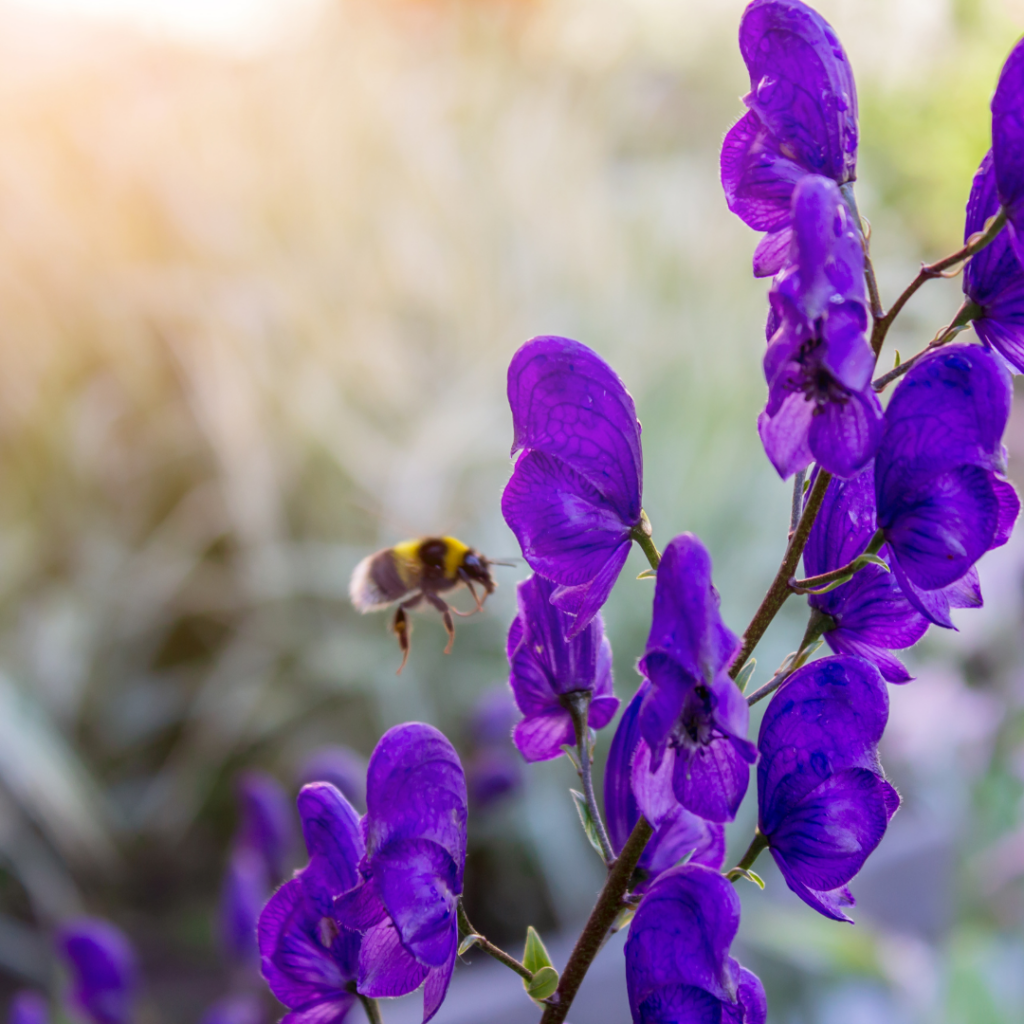Aconite – Homeopathic Remedy
Aconite (Aconitum napellus)
This is a very poisonous herb – its lethal properties having been utilised since ancient times, when hunters used the sap to coat their arrow tips.
Aconitum comes from the latin word acon, which means dart. It is also known as wolfsbane. These words refer to its effective use as a poison in hunting. However, it should be noted that although the plant is deadly poisonous in its natural state, it is rendered harmless once it has been diluted and made into a homeopathic remedy. Aconite is used to treat acute symptoms of rapid onset, often accompanied by intense pain, fever, and fear. These symptoms have been compared to a storm, which vanishes as soon as it comes.
Other names: Monkshood, wolfsbane, friar’s cap, mousebane.
Description and the places it grows in
Pretty purple / dark blue flowers, with tall, straight stems. It is native to the mountainous regions of Europe (e.g., Switzerland), favouring the damp conditions of the alpine meadows. It is also found in damp woodlands and along shaded riverbanks in the Southwest England and South Wales.
Parts used
The entire plant
Uses
Homoeopaths may prescribe this remedy for:
Common cold, influenza, displaying the following symptoms: Acute, rapid onset, fever, aches and pains, restlessness.
Menopausal symptoms displaying the following symptoms: Hot flushes.
Panic attacks, palpitations, extreme anxiety and fear, displaying the following symptoms: Sometimes there is fear of imminent death when ill.
People requiring this remedy will feel worse: In the cold; in draughts; around smokers; in warm, airless, stuffy rooms; listening to music; lying on painful areas of the body; at night around midnight.
People requiring this remedy will feel better: In fresh air and warm surroundings.
Aconite-type people are generally red-faced, healthy, robust, stocky types, lacking self-worth, thus often needing to prove themselves and can be insensitive / unkind to others in a bid to make themselves feel better. Healthy aconite-types enjoy good company, although underneath that calm, social exterior there lurk hidden fears (i.e., going out, crowds). In ill health, these types can be obsessed with death, believing that it is waiting for them just around the corner. They are also liable to be easily shocked.
The information given on this site about homeopathic remedies is just a general overview. Classical homeopathy takes all the patient’s symptoms into account and prescribes upon the “Totality of Symptoms”, thus finding the precise remedy that matches the patient’s symptoms perfectly.
Here, at The CMA we recommend that anyone interested in learning more about homeopathy and the fascinating remedies that homeopaths use should take an introduction course to homeopathy, which will help you to understand how to become a good home first-aid prescriber. This is ideal for ‘acute symptoms’. However, if you want to learn more – with a view even to becoming a professional homeopath, who is educated highly enough to be able to treat chronic conditions, you’ll need to be prepared to spend many years learning this vast and fascinating topic – along with anatomy, physiology and pathology, history of medicine, homeopathic philosophy, and much more. You’ll find both kinds of courses here on this site – head to our section on Find a CMA Member and search under CMA Registered Training Schools.

